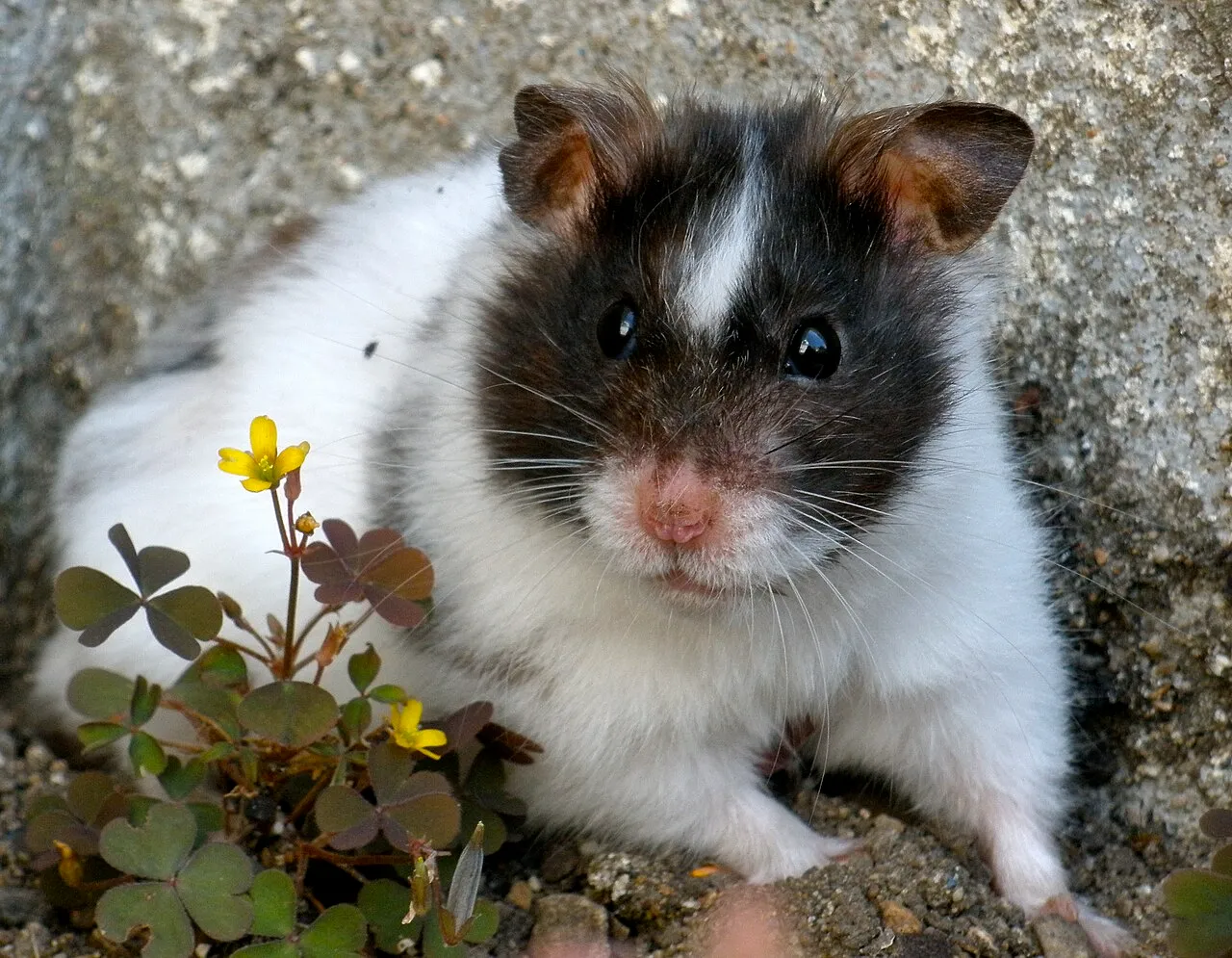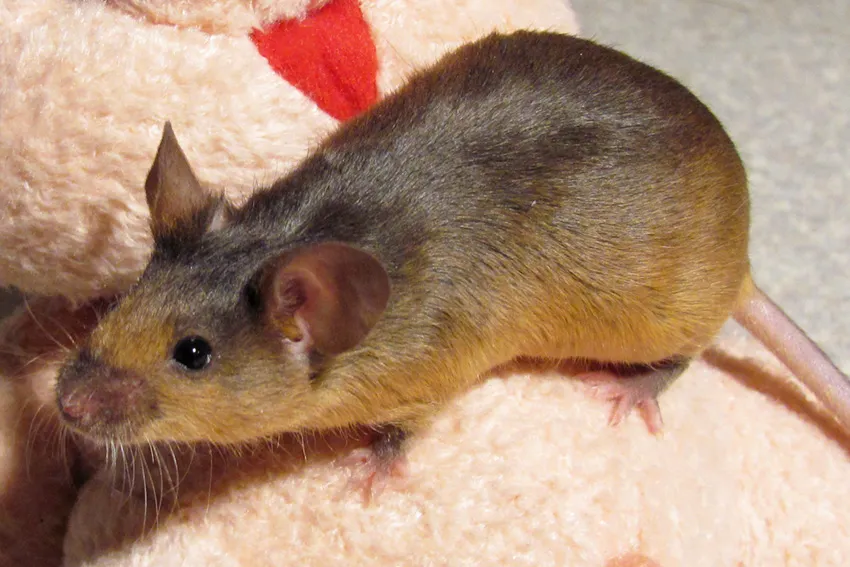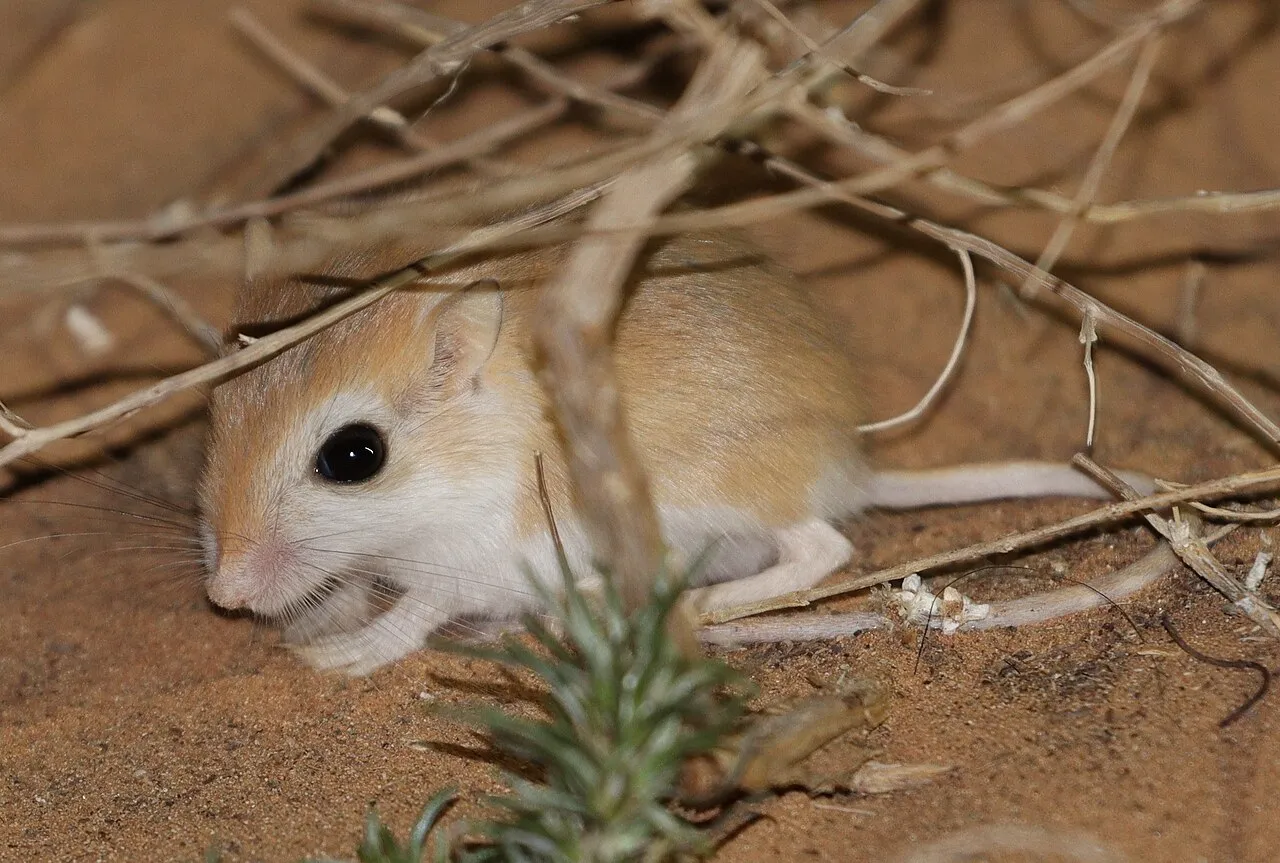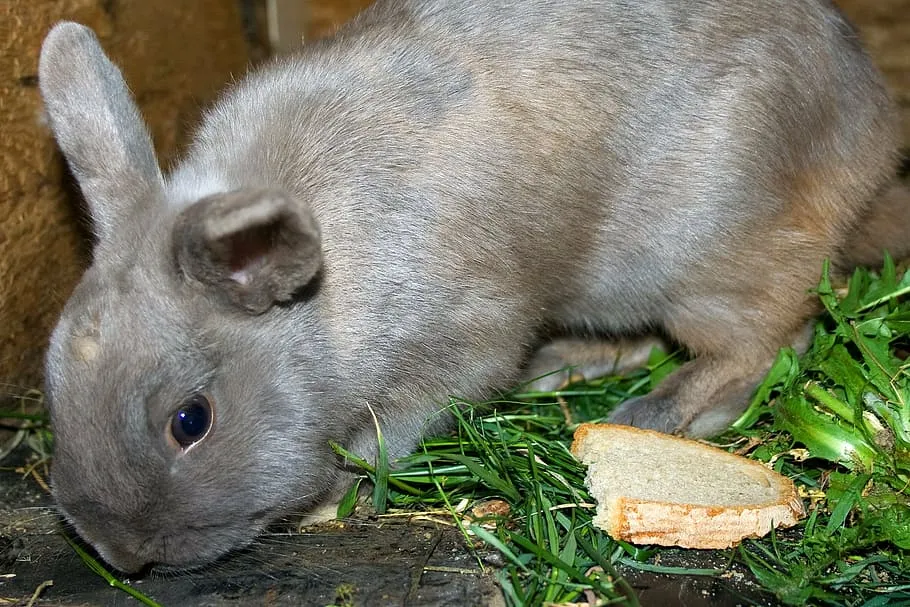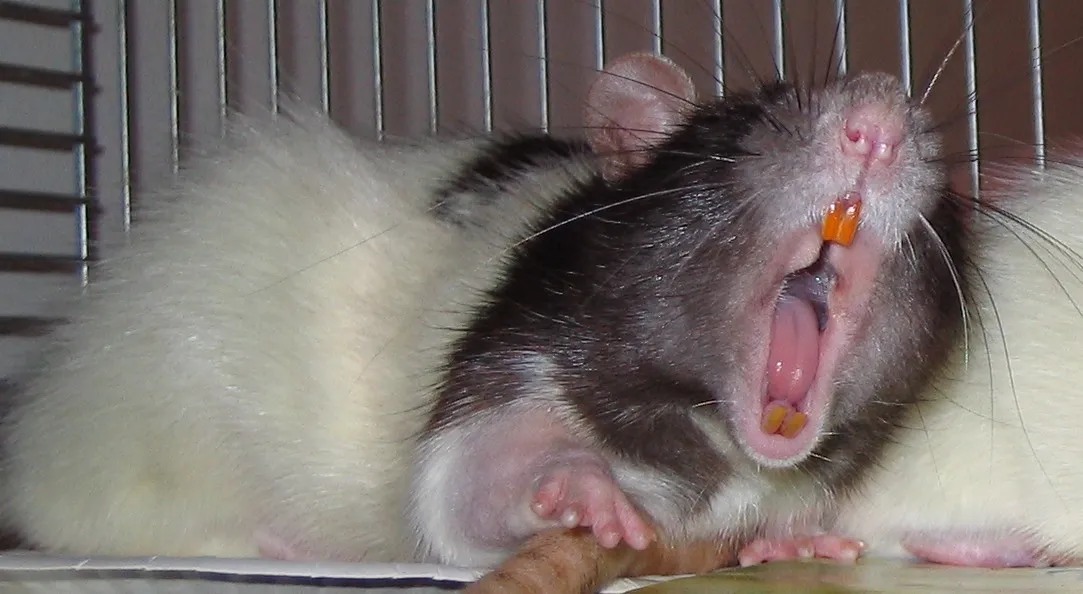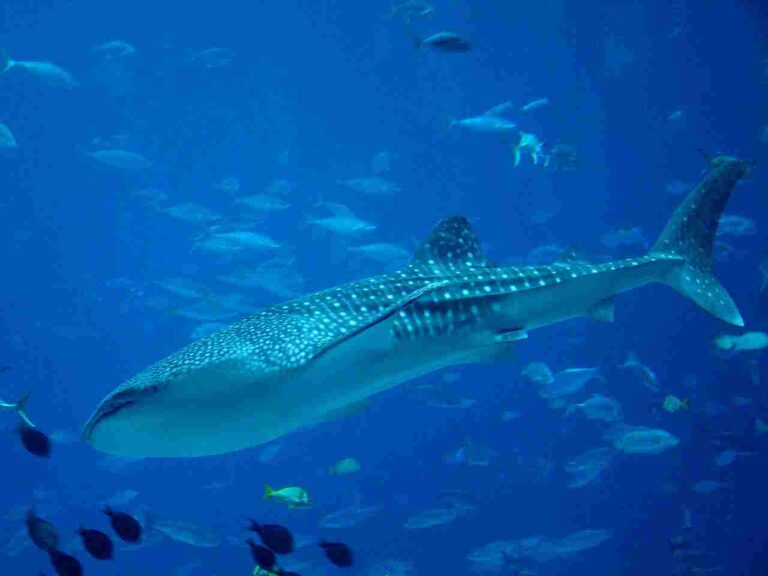Hamster Vs Rat Size, Weight, Overall Comparison
When deciding between a hamster and a rat as potential pets, recognizing the key differences in family classification, tail length, color variety, intelligence, and suitability as companions facilitates a well-informed decision.
I. Family Classification:
– Hamsters belong to the Cricetidae family, while rats are members of the Muridae family. Understanding these distinctions aids in appreciating the diverse characteristics each species possesses.
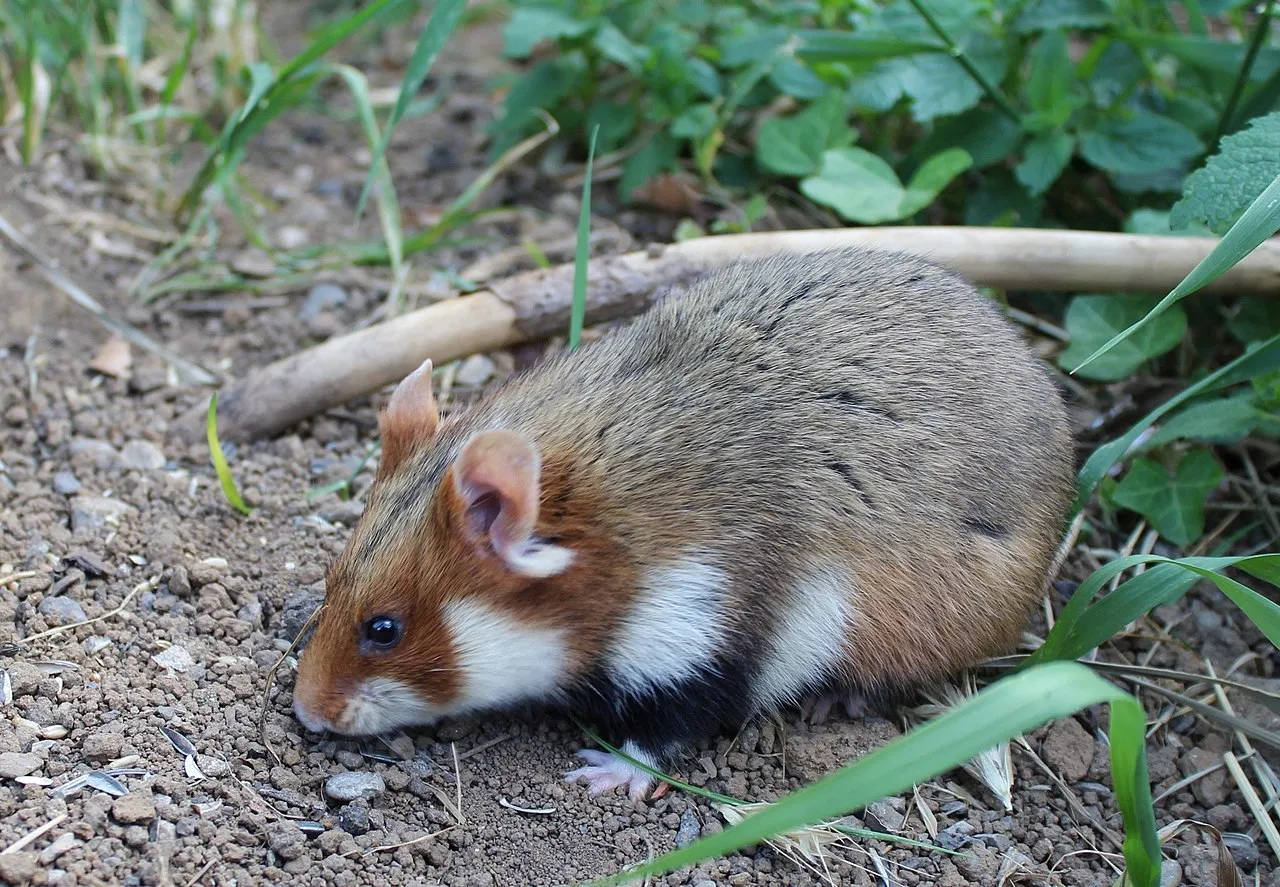
II. Tail Length:
– Rats are distinguishable by their extremely long tails, a notable contrast to hamsters, which typically have shorter tails. Recognizing this physical disparity contributes to identifying the species.
III. Color Variety:
– Hamsters are found in a wider variety of colors and patterns compared to rats, which often display a relatively plain appearance. The spectrum of colors in hamsters allows for a more diverse and visually appealing range of options for potential pet owners.
IV. Intelligence:
– Rats are renowned for their high level of intelligence, displaying problem-solving skills and the ability to form strong bonds with their owners. Hamsters, while affectionate, may not exhibit the same level of cognitive abilities as rats. Consideration of the desired level of interaction and engagement is essential.
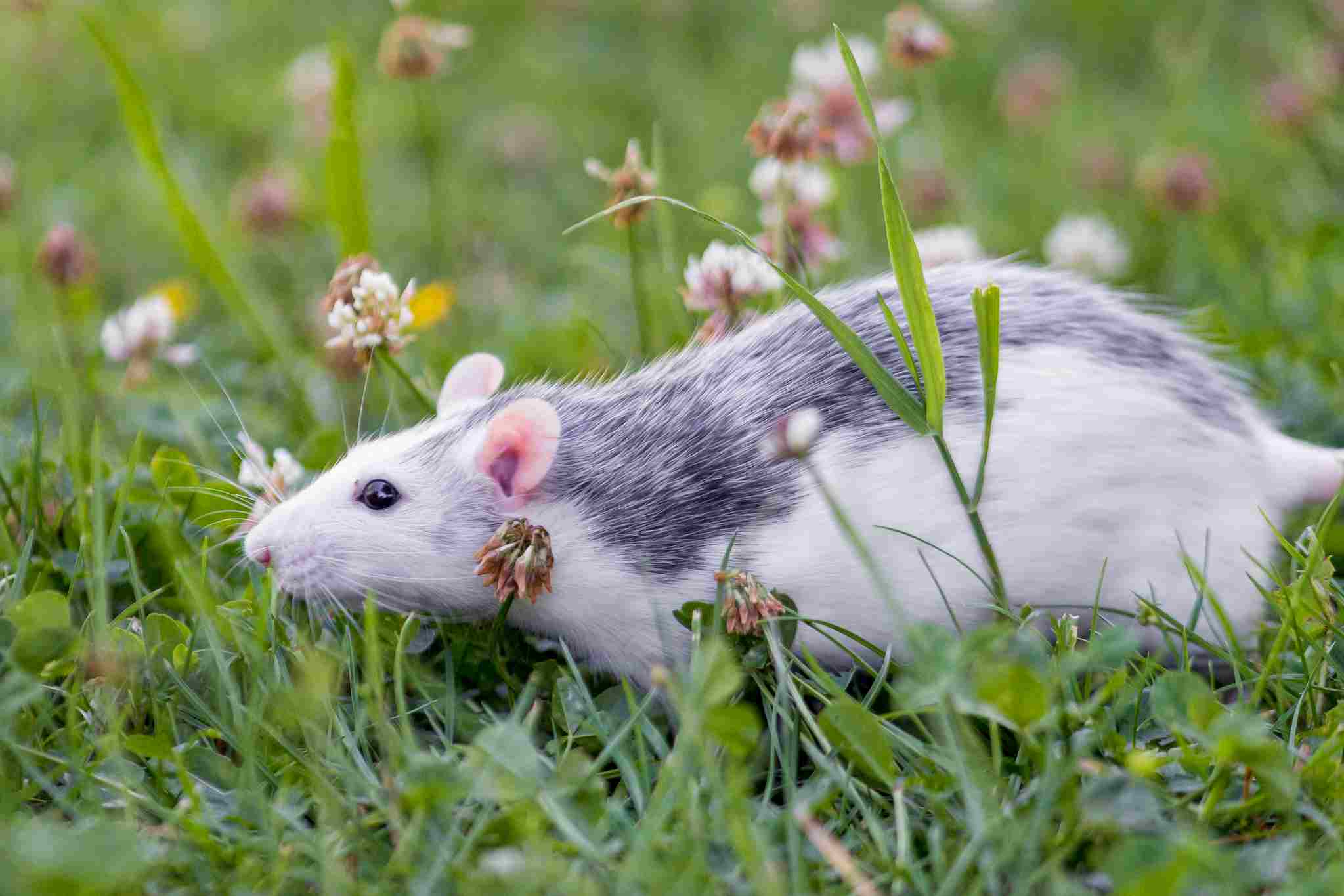
V. Suitability as Companions:
– Rats, with their social nature and higher intelligence, can form strong connections with their human companions. Hamsters, while providing companionship, may not offer the same level of interactive and engaging relationships. Individual preferences for pet companionship styles play a crucial role in making a suitable choice.
*Details of Comparison
| Criteria | Hamster | Rat |
| Taxonomy | Order Rodentia, Family Cricetidae, Subfamily Cricetinae |
Order Rodentia, Family Muridae, Subfamily Murinae
|
| Appearance | Small, stout body, short tail, rounded ears, cheek pouches |
Larger, elongated body, longer tail, prominent ears
|
| Size | 2-6 inches in length |
7-11 inches in length
|
| Weight | 1-7 ounces | 7-20 ounces |
| Dentition and Bite Force (PSI) | Sharp incisors, moderate bite force |
Strong incisors, powerful bite force
|
| Physical Offensive Advantages | Limited offensive capabilities |
Robust offensive abilities, agile movements
|
| Physical Defensive Advantages | Relies on evasion, burrowing |
Agile defense, strong bite
|
| Speed | Up to 5-7 mph | 8-10 mph |
| Agility | Moderate agility |
Highly agile, versatile
|
| Senses | Well-developed smell, hearing; nearsighted vision |
Keen smell, hearing, vision
|
| Overall Physical Capacity | Limited endurance, strength |
Higher overall capacity, better endurance
|
| Habitat Preference(s) and Geographic Region | Grasslands, deserts, Europe, Asia, Middle East |
Adaptable, global distribution
|
| Tracks | Paw prints, distinctive pad marks |
Tail drag, larger paw prints
|
| Lifespan | 2-3 years | 1.5-3 years |
| Mode of Feeding | Herbivorous | Omnivorous |
| Intelligence | Basic problem-solving | Highly intelligent |
| Social Behavior | Solitary, territorial |
Social, hierarchical
|
| Mode of Reproduction | Sexual reproduction |
Sexual reproduction
|
| Parental Behavior | Solitary parenting |
Communal parental care
|
| Proximity to Human-Inhabited Areas | Agricultural areas, burrows near settlements |
Urban areas, human-made structures
|
| Behavior Toward Humans | Shy, defensive |
Adaptable to human presence
|
| Danger Posed to Humans | Minimal danger |
Disease transmission potential
|
| Associated Precautions | Minimal precautions, basic hygiene |
Caution due to disease transmission
|
| Conservation Status | Varies, some face threats |
Generally not a focus, some invasive
|
Key Points
- Hamsters and rats differ in size, appearance, and physical capabilities.
- Rats exhibit more robust offensive and defensive capabilities.
- Hamsters are generally herbivorous, while rats are omnivorous.
- Rats are highly intelligent, while hamsters display basic problem-solving skills.
- Social behavior, parental care, and habitat preferences contribute to ecological differences.
- Rats pose potential health risks to humans due to disease transmission.
- Conservation status varies among different hamster species, while rats are generally not a conservation focus.
1. Taxonomy:
Hamster:
Kingdom: Animalia
Phylum: Chordata
Class: Mammalia
Order: Rodentia
Family: Cricetidae
Subfamily: Cricetinae
Rat:
Kingdom: Animalia
Phylum: Chordata
Class: Mammalia
Order: Rodentia
Family: Muridae
Subfamily: Murinae
2. Appearance:

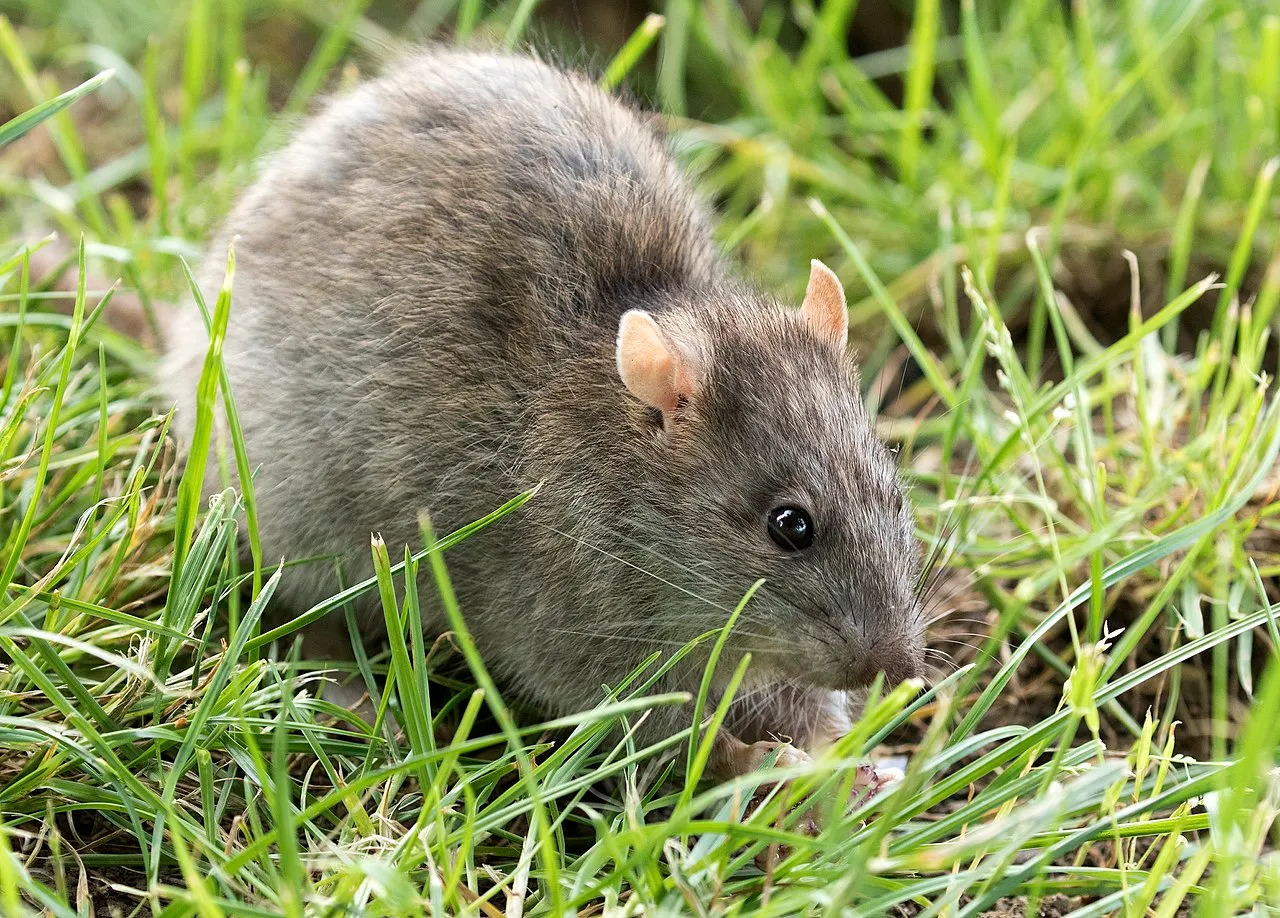
Hamster:
Typically small, with a stout body and short legs.
Characterized by a short tail, rounded ears, and a cheek pouch.
Rat:
Generally larger than hamsters, with a more elongated body.
Tails are longer, and ears are more prominent.
Ecological Implications:
Differences in appearance contribute to distinct ecological roles.
Hamsters may have adaptations for burrowing, while rats may excel in navigating varied environments.
3. Size:
Hamster:
On average, hamsters are smaller, ranging from 2 to 6 inches in length.
Rat:
Rats are typically larger, varying from 7 to 11 inches in length.
Ecological Implications:
Size influences resource utilization and niche differentiation, impacting their roles within ecosystems.
4. Weight:
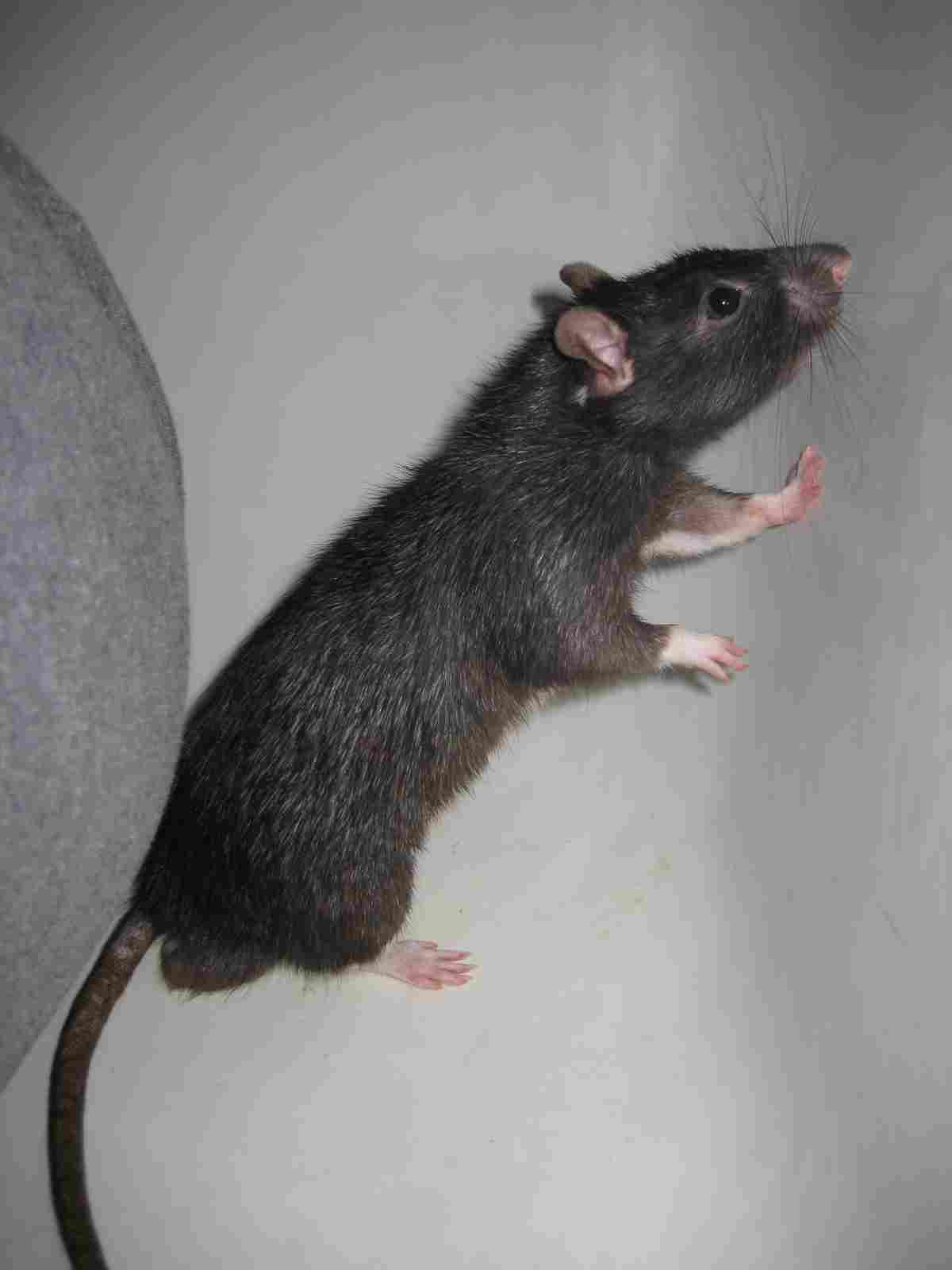
Hamster:
Weights usually range from 1 to 7 ounces.
Rat:
Weights can vary but generally fall between 7 and 20 ounces.
Ecological Implications:
Weight differences contribute to their ecological impact, affecting factors such as predation risk and resource consumption.
5. Dentition and Bite Force (PSI):
Hamster:
Hamsters have sharp incisors adapted for gnawing and cutting.
Bite force is moderate, suited for their feeding habits.
Rat:
Rats possess strong incisors and a powerful bite force, essential for their omnivorous diet.
Ecological Implications:
Variances in dentition and bite force impact their roles as herbivores or omnivores in different ecosystems.
6. Physical Offensive Advantages:
Hamster:
Limited physical offensive advantages, relying on evasion or burrowing.
May use cheek pouches for carrying food, but not for offensive purposes.
Rat:
More robust physical offensive capabilities, with agile movements and a powerful bite.
Ecological Implications:
The offensive capabilities of rats may affect their interactions with predators and competitors.
7. Physical Defensive Advantages:
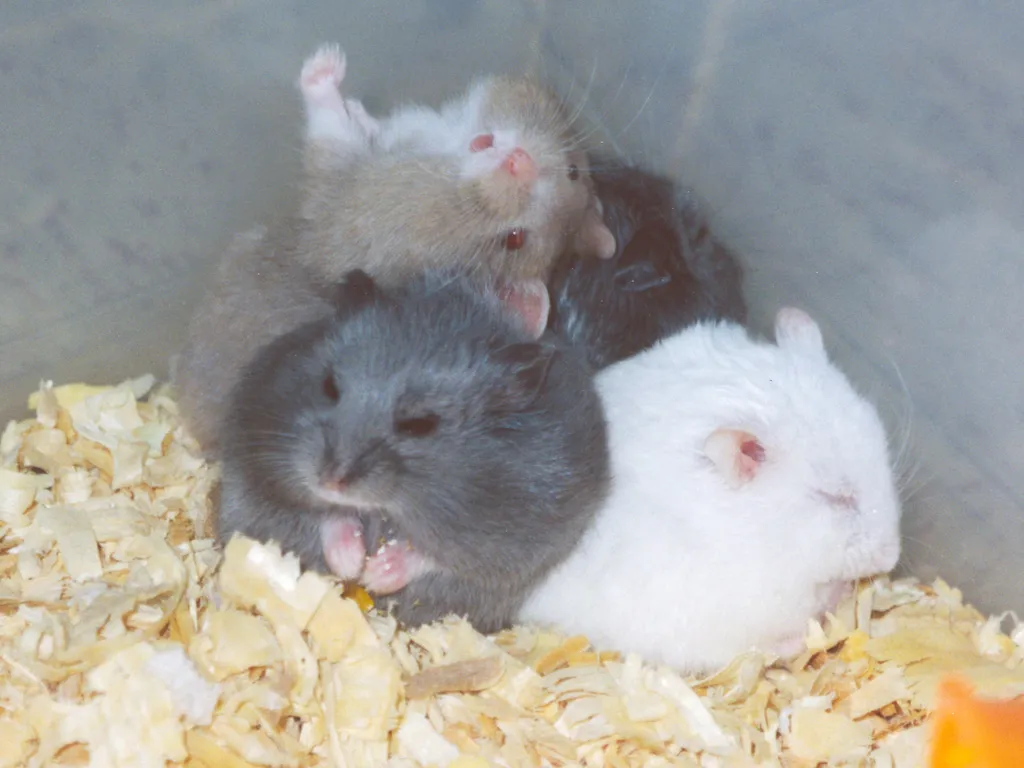
Hamster:
Hamsters may use burrows or run quickly to evade predators.
Cheek pouches can be used to store food for survival during scarcity.
Rat:
Rats exhibit defensive behaviors like fleeing, hiding, or aggressive posturing.
Strong bite and agility contribute to effective defense.
Ecological Implications:
Defensive strategies influence the survival and coexistence of hamsters and rats in various habitats.
8. Speed (Km/hour or Mile/hour):
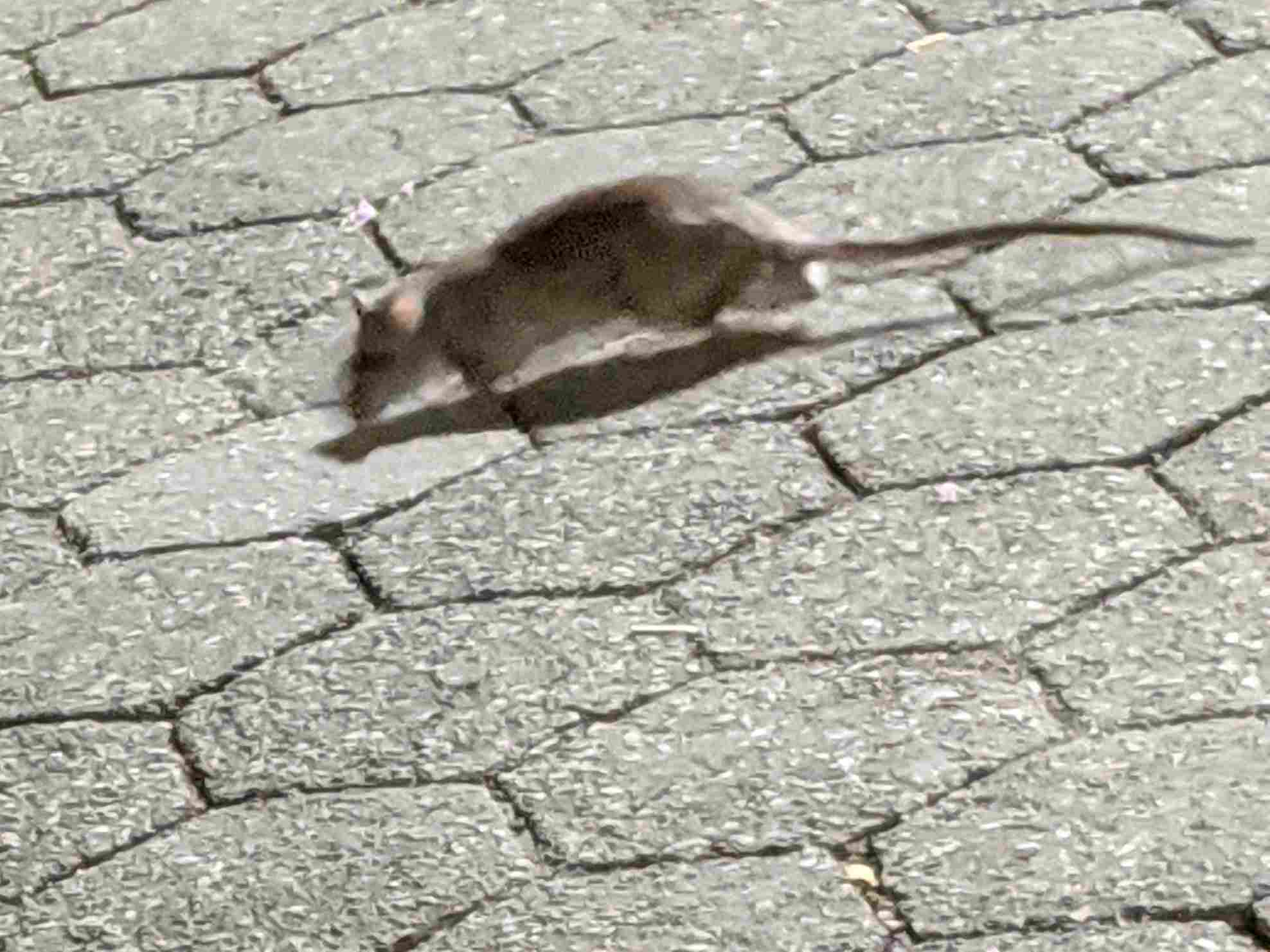
Hamster:
Hamsters are relatively fast, capable of reaching speeds up to 5-7 miles per hour.
Rat:
Rats are agile and can achieve speeds ranging from 8 to 10 miles per hour.
Ecological Implications:
Speed affects escape ability, predation success, and the ability to exploit different ecological niches.
9. Agility:
Hamster:
Hamsters display moderate agility, useful for navigating burrows and evading predators.
Rat:
Rats are highly agile, capable of climbing, swimming, and maneuvering through various terrains.
Ecological Implications:
Agility contributes to the versatility of rats in adapting to diverse environments and accessing resources.
10. Senses:
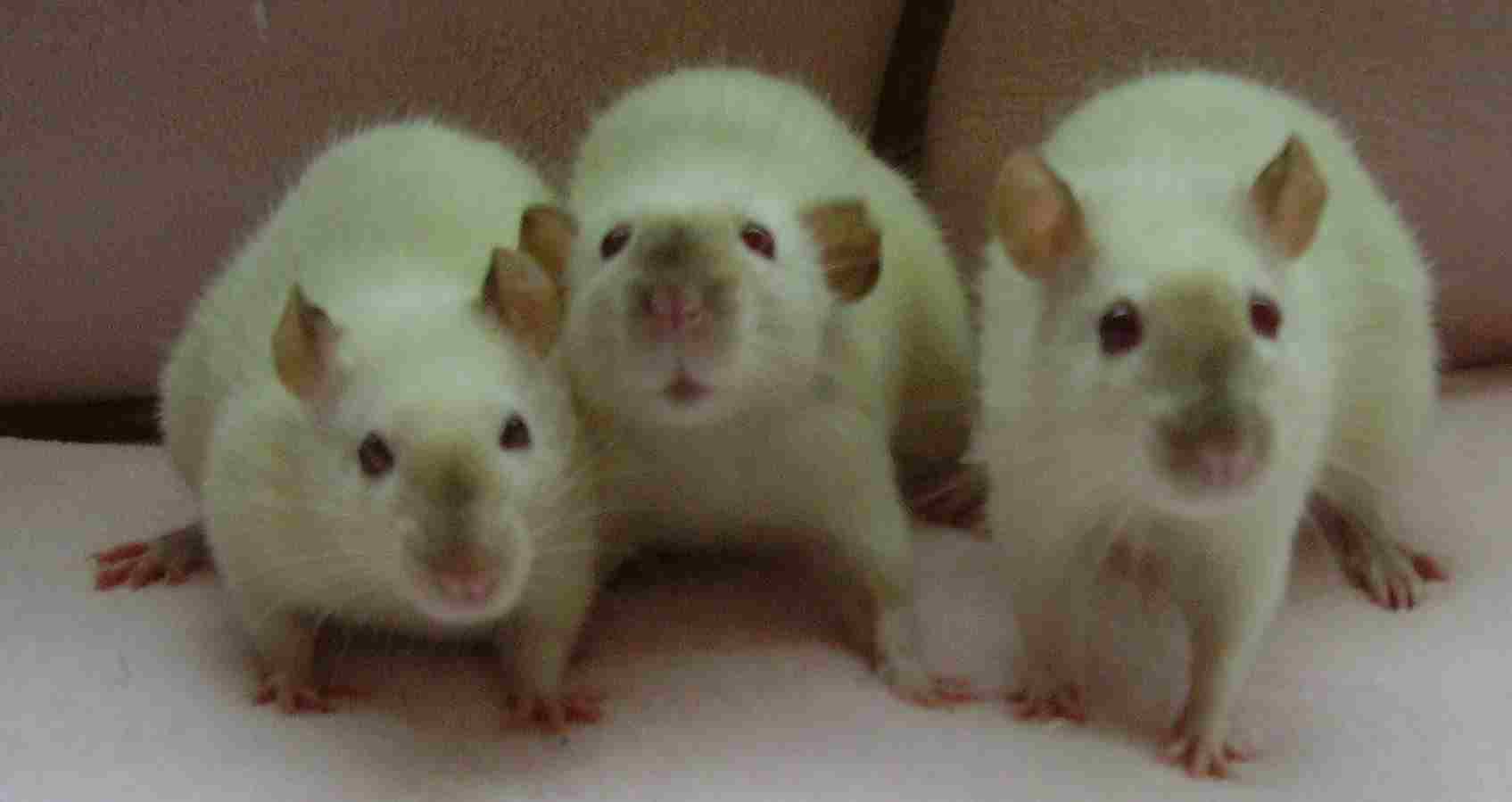
Hamster:
Hamsters have well-developed senses of smell and hearing.
Their vision is adapted for low light, but they are nearsighted.
Rat:
Rats possess keen senses of smell, hearing, and vision.
Adaptations in senses contribute to their foraging and communication abilities.
Ecological Implications:
Variances in sensory adaptations influence how hamsters and rats perceive and interact with their environments.
11. Overall Physical Capacity:
Hamster:
Limited endurance and physical strength.
Well-adapted for burrowing and short bursts of activity.
Rat:
Higher overall physical capacity with better endurance and strength.
Versatile in adapting to various physical challenges.
Ecological Implications:
Physical capacity influences their ability to exploit habitats and cope with environmental pressures.
12. Habitat Preference(s) and Geographic Region:
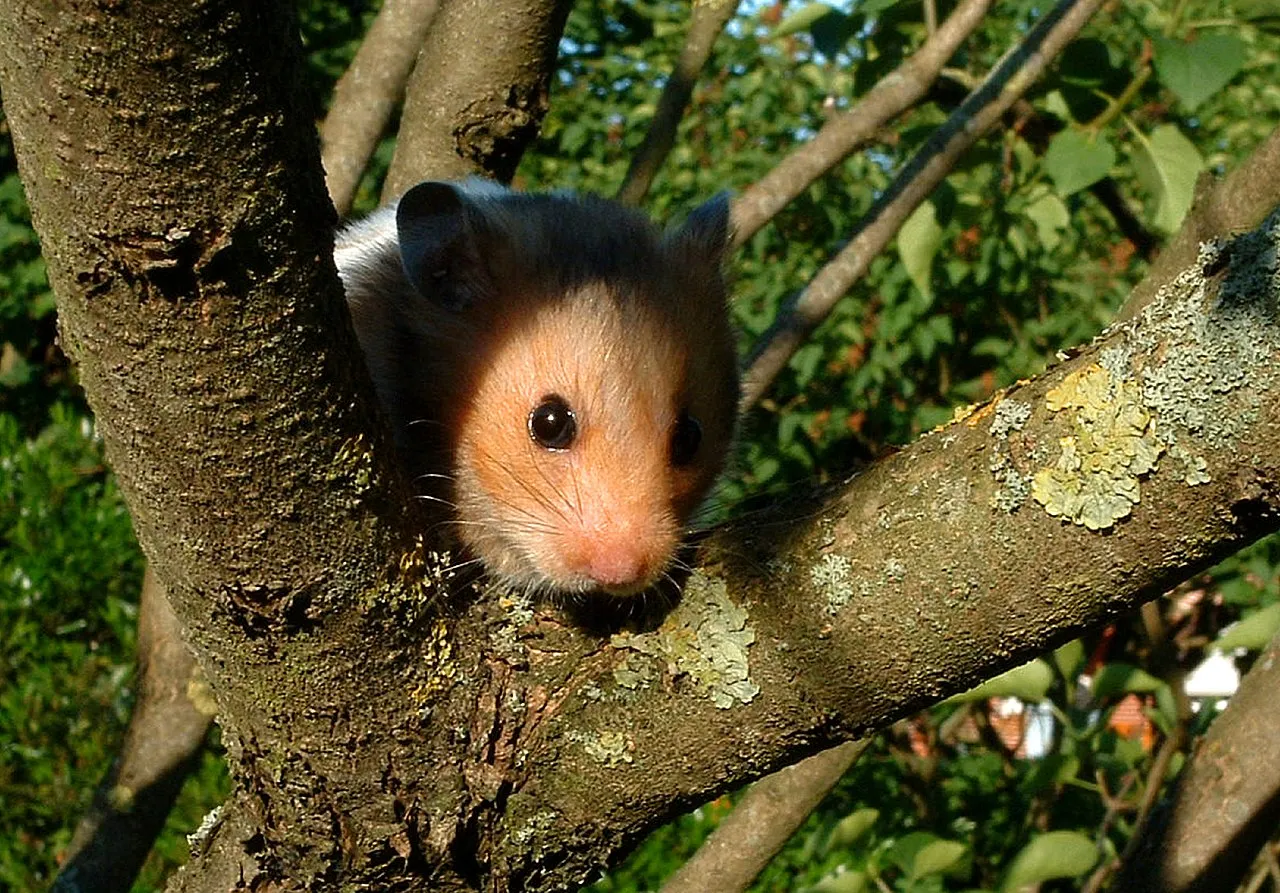

Hamster:
Prefers burrows in grasslands, deserts, or agricultural areas.
Found in regions of Europe, Asia, and the Middle East.
Rat:
Adaptable to various habitats, including urban areas, fields, and forests.
Globally distributed, thriving in diverse climates and regions.
Ecological Implications:
Habitat preferences determine the ecological impact and distribution of hamsters and rats.
13. Tracks:
Hamster:
Tracks may show patterns associated with burrowing and foraging.
Paw prints with distinctive pad marks.
Rat:
Tracks display a more pronounced tail drag and larger paw prints.
Often show signs of gnawing or digging.
Ecological Implications:
Identification of tracks aids in studying their behavior, habitat use, and ecological interactions.
14. Lifespan:
Hamster:
Typically lives 2 to 3 years in the wild.
Rat:
Rats generally have a longer lifespan, ranging from 1.5 to 3 years in the wild.
Ecological Implications:
Variances in lifespan impact population dynamics and ecological roles within their respective habitats.
15. Mode of Feeding:
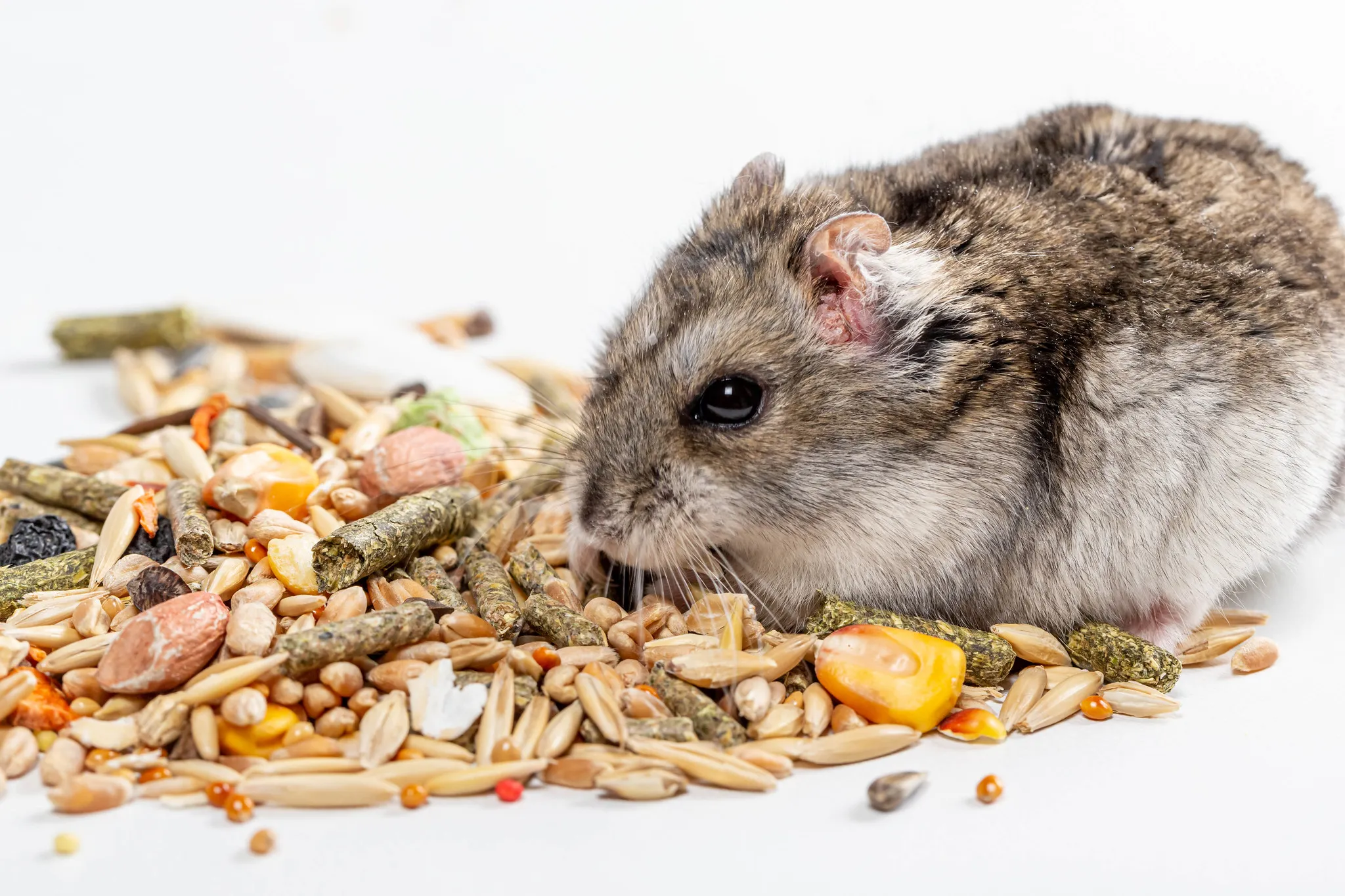
Hamster:
Primarily herbivorous, consuming seeds, grains, and vegetation.
Rat:
Omnivorous diet, including grains, fruits, insects, and small animals.
Ecological Implications:
Differences in feeding habits influence resource competition and impact vegetation or prey populations.
16. Intelligence:
Hamster:
Displays basic problem-solving skills, but intelligence is limited.
Rat:
Highly intelligent, capable of learning complex tasks and solving problems.
Ecological Implications:
Cognitive abilities impact adaptation to environmental changes and interactions with other species.
17. Social Behavior:
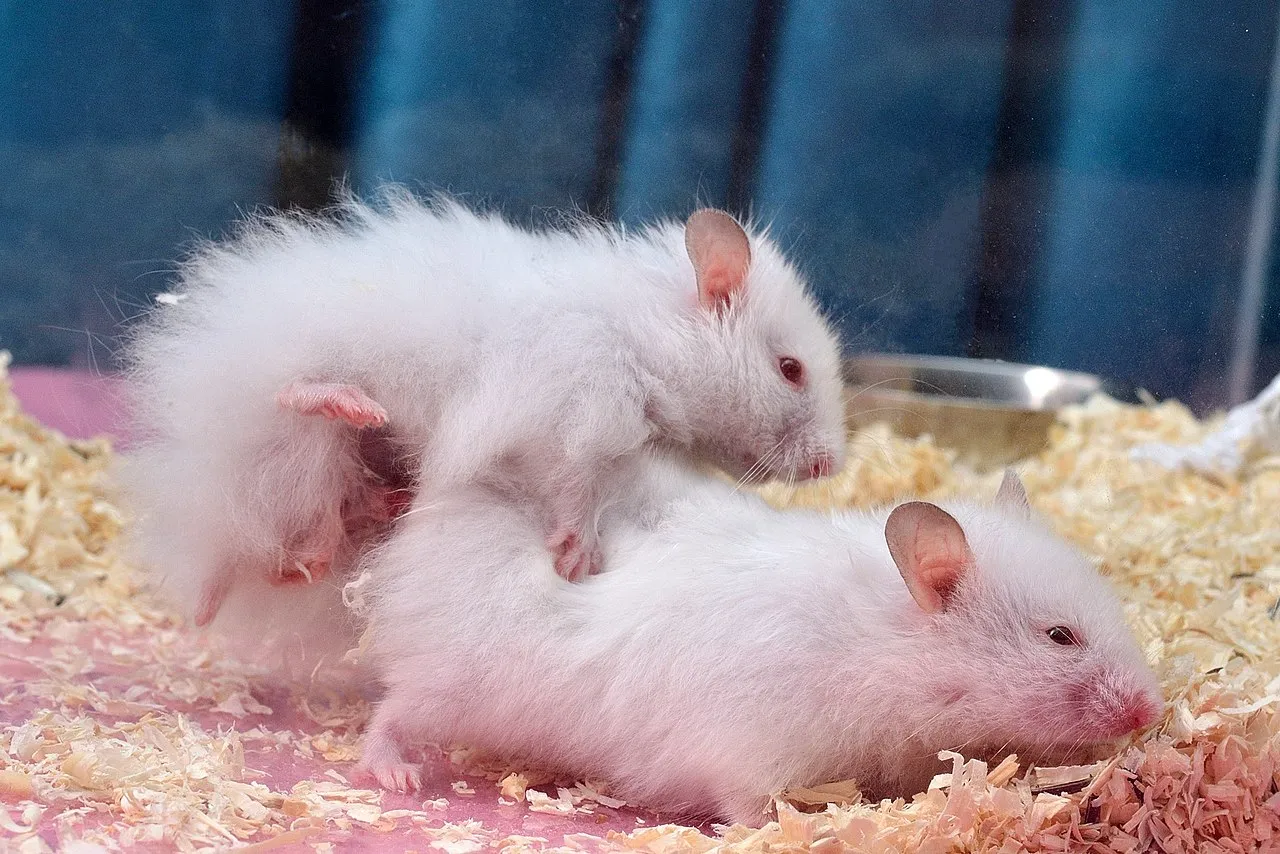
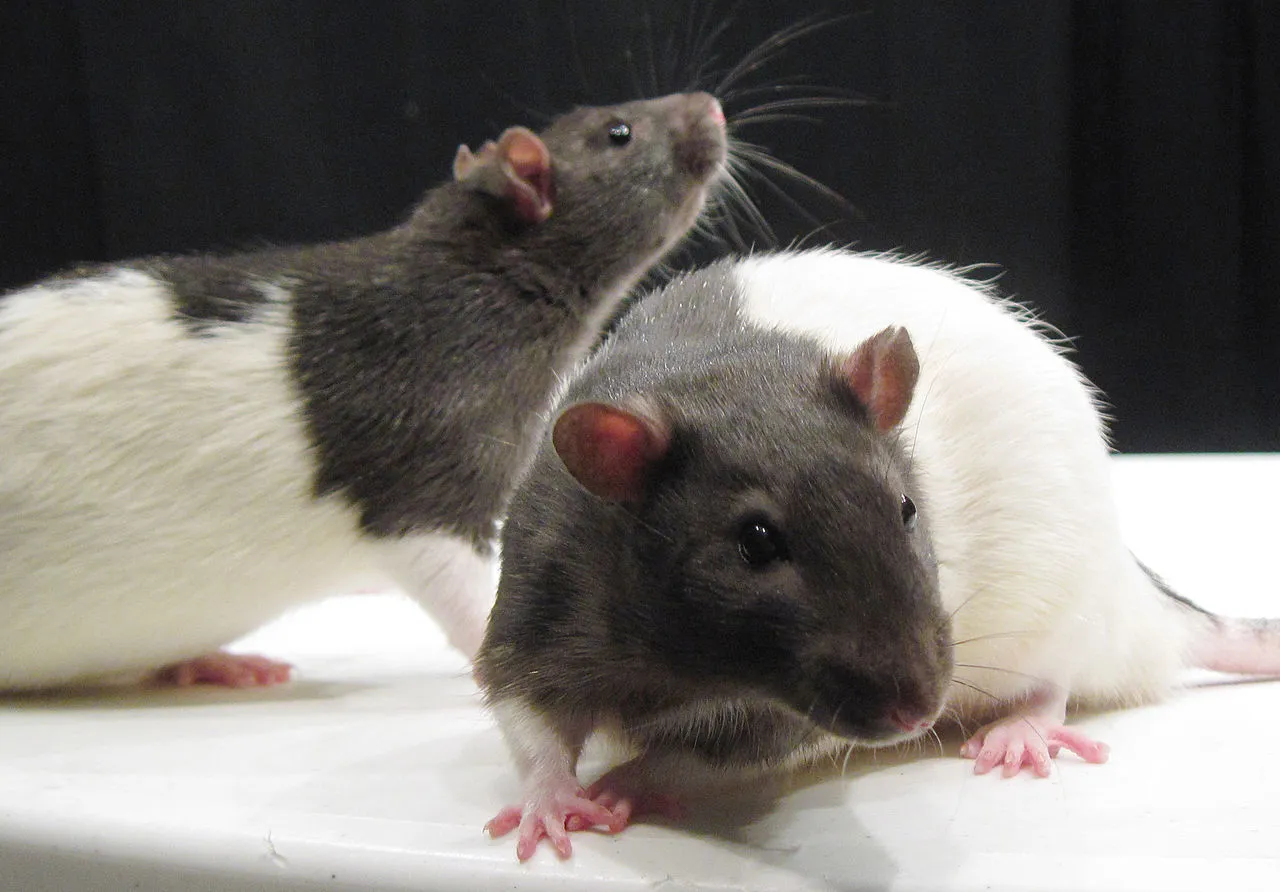
Hamster:
Generally solitary animals, except during mating.
Territorial tendencies.
Rat:
Social animals, exhibiting complex social structures.
Live in colonies with hierarchical organization.
Ecological Implications:
Social behaviors affect population dynamics, resource utilization, and cooperation or competition within ecosystems.
18. Mode of Reproduction:
Hamster:
Reproduces through sexual reproduction.
Female hamsters are known for short gestation periods.
Rat:
Also reproduces sexually with a relatively short gestation period.
Ecological Implications:
Reproductive strategies influence population dynamics and the species’ ability to adapt to changing environments.
19. Parental Behavior:
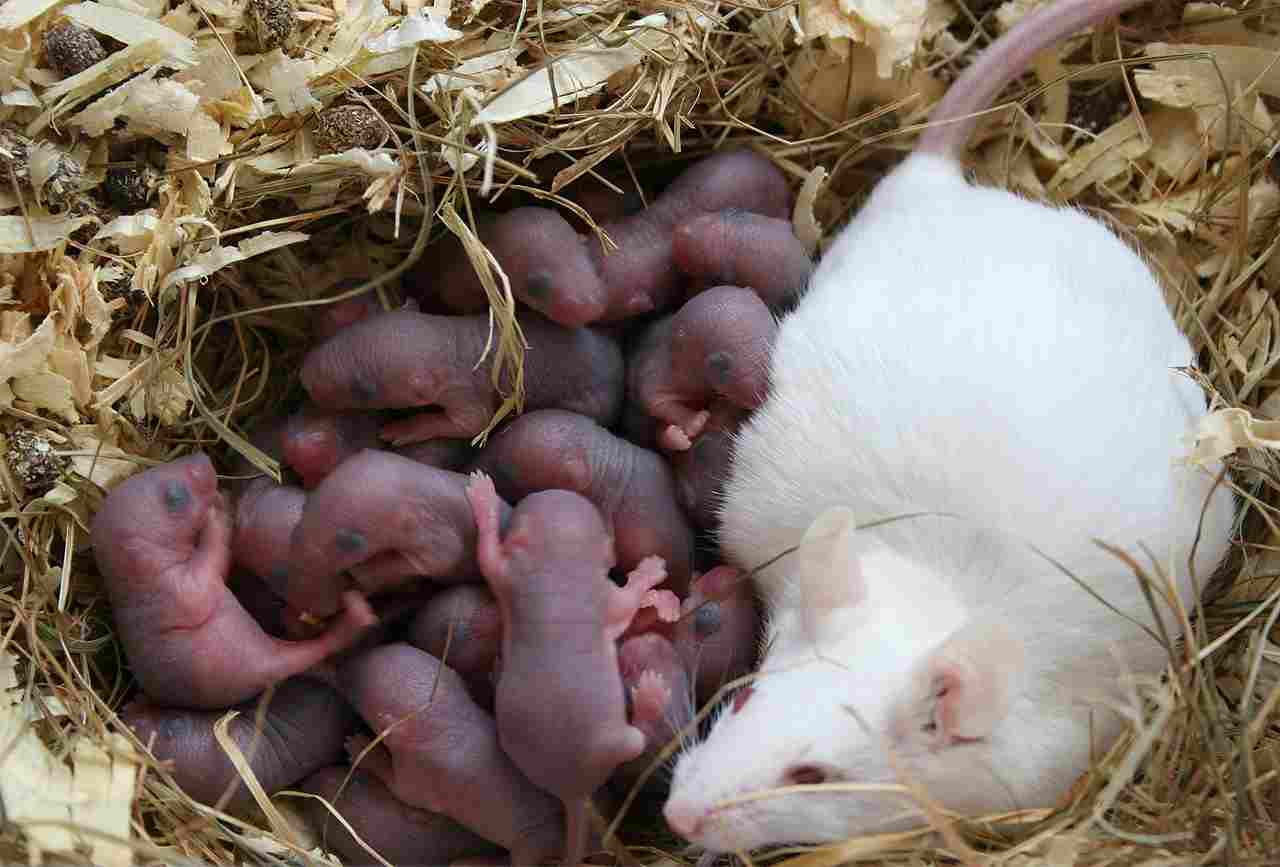
Hamster:
Female hamsters are generally solitary parents, caring for their offspring.
Limited parental investment beyond nursing and protection.
Rat:
Exhibits more communal parental care, with both parents involved in nurturing and protection.
Ecological Implications:
Differences in parental behavior impact the survival rates and development of offspring in their respective ecosystems.
20. Proximity to Human-Inhabited Areas:
Hamster:
Hamsters may inhabit agricultural areas or burrow near human settlements.
Rat:
Commonly found in urban areas, agricultural fields, and human-made structures.
Ecological Implications:
Proximity to human habitats influences exposure to anthropogenic factors and the potential for conflict or benefit.
21. Behavior Toward Humans:
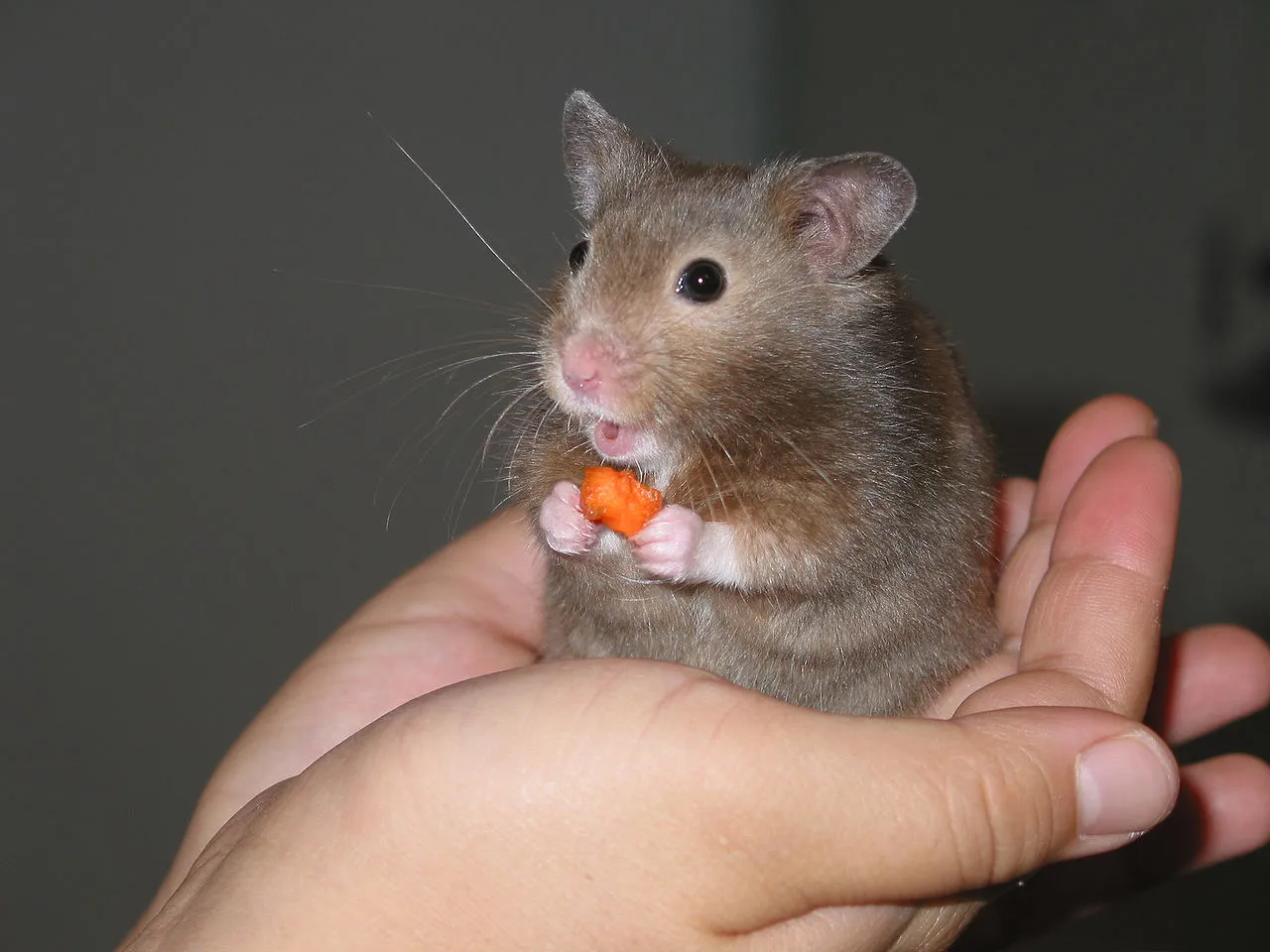
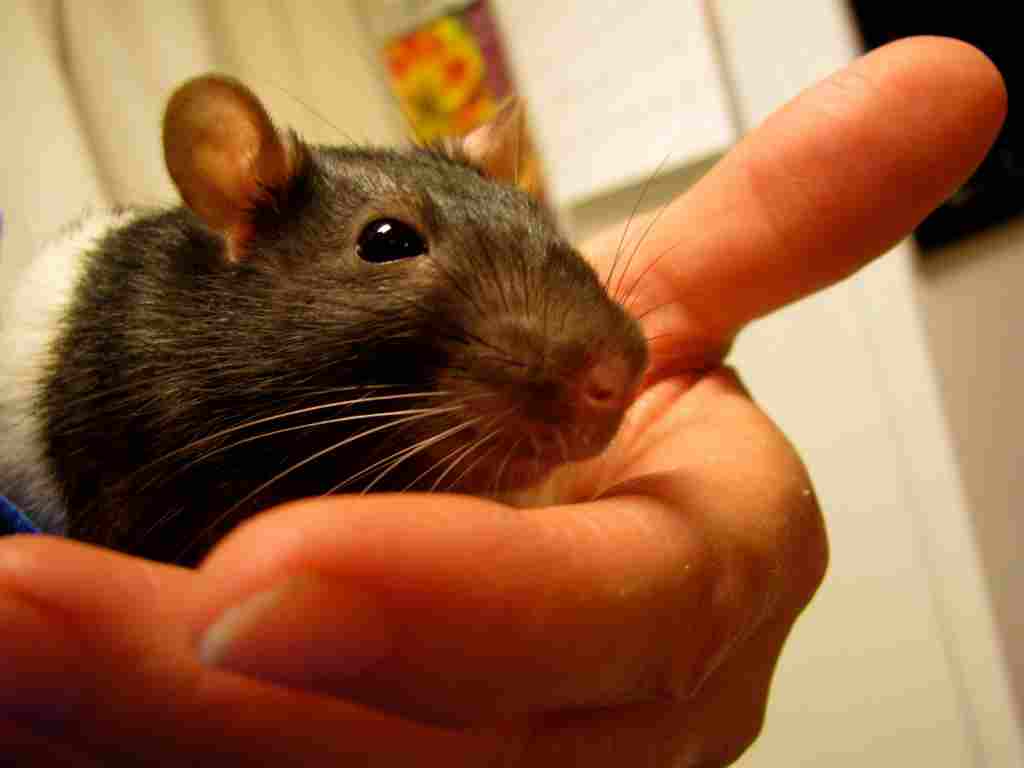
Hamster:
Generally shy and may exhibit defensive behavior when approached.
Rat:
Rats can adapt to human presence, sometimes becoming pests in urban environments.
Ecological Implications:
Behavioral responses to humans impact their interactions with human-altered landscapes and may influence conservation or control efforts.
22. Danger Posed to Humans:
Hamster:
Generally poses minimal danger to humans.
May bite if feeling threatened but lacks significant harm potential.
Rat:
Can carry diseases and pose health risks to humans.
May exhibit aggressive behavior if cornered.
Ecological Implications:
The perceived danger affects human attitudes toward these species, influencing conservation or control measures.
23. Associated Precautions:
Hamster:
Minimal precautions needed, such as handling gently to avoid stress.
Basic hygiene practices when dealing with pets.
Rat:
Caution required due to disease transmission potential.
Proper waste management and pest control measures.
Ecological Implications:
Precautions influence human-wildlife interactions and may impact the spread of diseases.
24. Conservation Status:

Hamster:
Some species of hamsters may face threats due to habitat loss.
Conservation status varies among different hamster species.
Rat:
Generally not a focus of conservation efforts, with some species considered invasive.
Ecological Implications:
Conservation status reflects the impact of human activities on their habitats and the potential consequences for ecosystems.
*Summary of Comparison
Taxonomy:
Hamster: Order Rodentia, Family Cricetidae, Subfamily Cricetinae.
Rat: Order Rodentia, Family Muridae, Subfamily Murinae.
Appearance:
Hamster: Small, stout body, short tail, rounded ears, cheek pouches.
Rat: Larger, elongated body, longer tail, prominent ears.
Size:
Hamster: 2-6 inches in length.
Rat: 7-11 inches in length.
Weight:
Hamster: 1-7 ounces.
Rat: 7-20 ounces.
Dentition and Bite Force (PSI):
Hamster: Sharp incisors, moderate bite force.
Rat: Strong incisors, powerful bite force.
Physical Offensive Advantages:
Hamster: Limited offensive capabilities.
Rat: Robust offensive abilities, agile movements.
Physical Defensive Advantages:
Hamster: Relies on evasion, burrowing.
Rat: Agile defense, strong bite.
Speed:
Hamster: Up to 5-7 mph.
Rat: 8-10 mph.
Agility:
Hamster: Moderate agility.
Rat: Highly agile, versatile.
Senses:
Hamster: Well-developed smell, hearing; nearsighted vision.
Rat: Keen smell, hearing, vision.
Overall Physical Capacity:
Hamster: Limited endurance, strength.
Rat: Higher overall capacity, better endurance.
Habitat Preference(s) and Geographic Region:
Hamster: Grasslands, deserts, Europe, Asia, Middle East.
Rat: Adaptable, global distribution.
Tracks:
Hamster: Paw prints, distinctive pad marks.
Rat: Tail drag, larger paw prints.
Lifespan:
Hamster: 2-3 years.
Rat: 1.5-3 years.
Mode of Feeding:
Hamster: Herbivorous.
Rat: Omnivorous.
Intelligence:
Hamster: Basic problem-solving.
Rat: Highly intelligent.
Social Behavior:
Hamster: Solitary, territorial.
Rat: Social, hierarchical.
Mode of Reproduction:
Hamster: Sexual reproduction.
Rat: Sexual reproduction.
Parental Behavior:
Hamster: Solitary parenting.
Rat: Communal parental care.
Proximity to Human-Inhabited Areas:
Hamster: Agricultural areas, burrows near settlements.
Rat: Urban areas, human-made structures.
Behavior Toward Humans:
Hamster: Shy, defensive.
Rat: Adaptable to human presence.
Danger Posed to Humans:
Hamster: Minimal danger.
Rat: Disease transmission potential.
Associated Precautions:
Hamster: Minimal precautions, basic hygiene.
Rat: Caution due to disease transmission.
Conservation Status:
Hamster: Varies, some face threats.
Rat: Generally not a focus, some invasive.
Conclusion
I. Similarities:
Both hamsters and rats belong to the order Rodentia, exhibiting common traits as rodents.
Both play roles in ecosystems as consumers and contributors to nutrient cycling.
II. Differences:
Distinct ecological roles due to differences in size, behavior, and habitat preferences.
Divergent reproductive strategies and parental behaviors contribute to unique ecological impacts.
